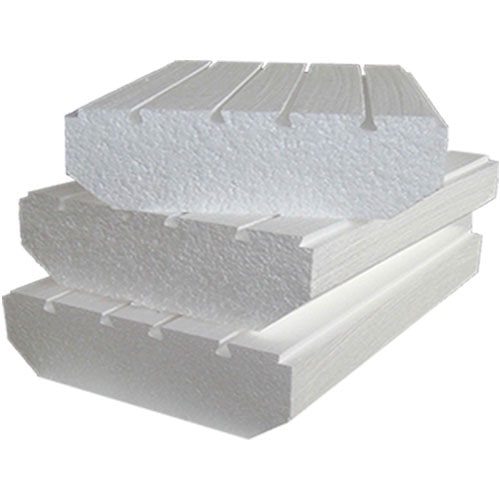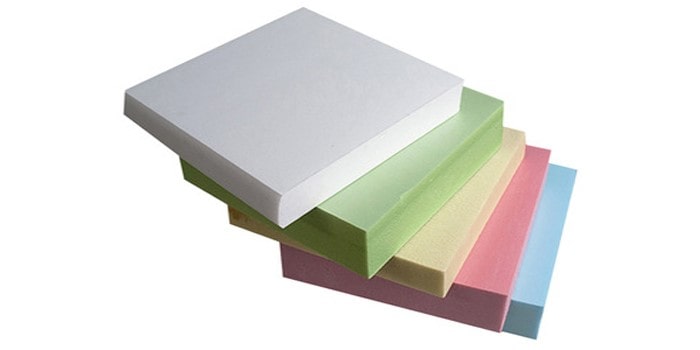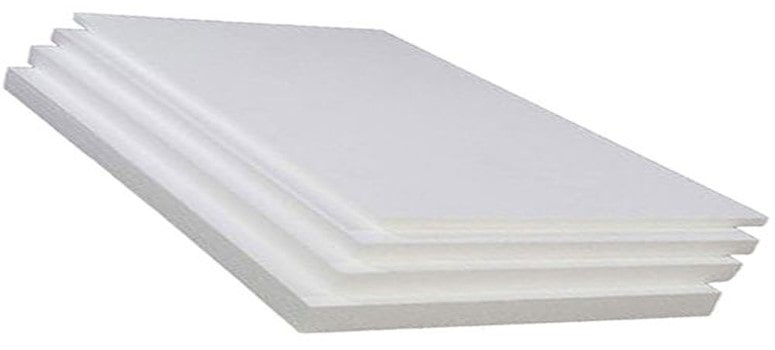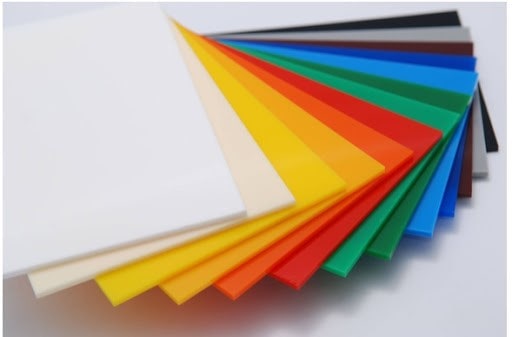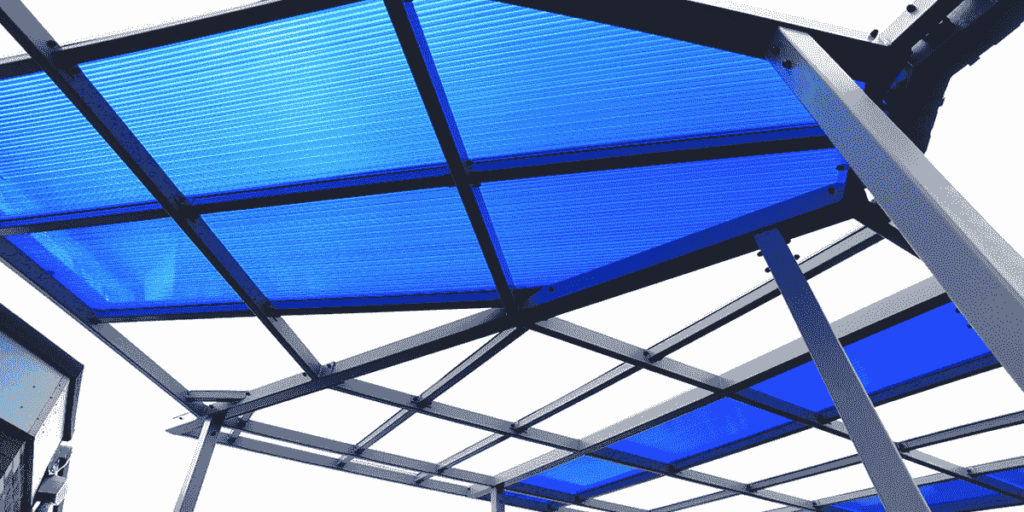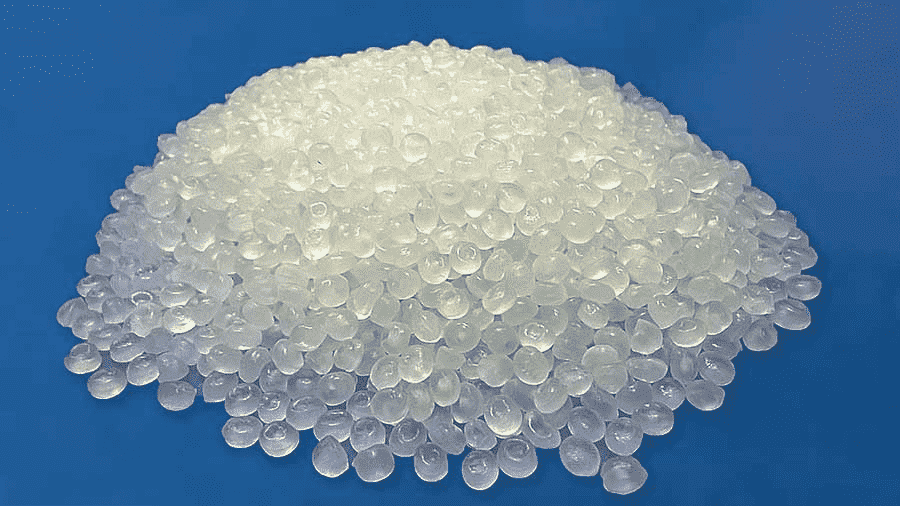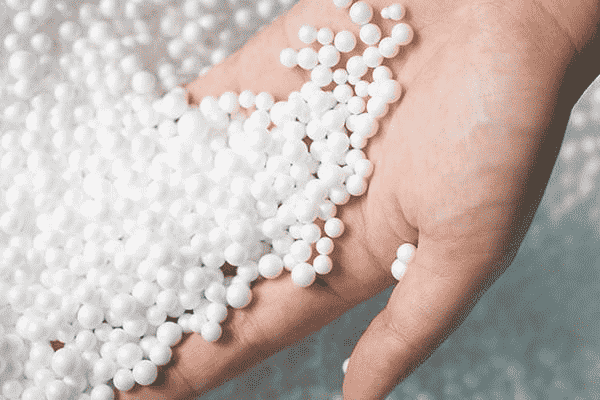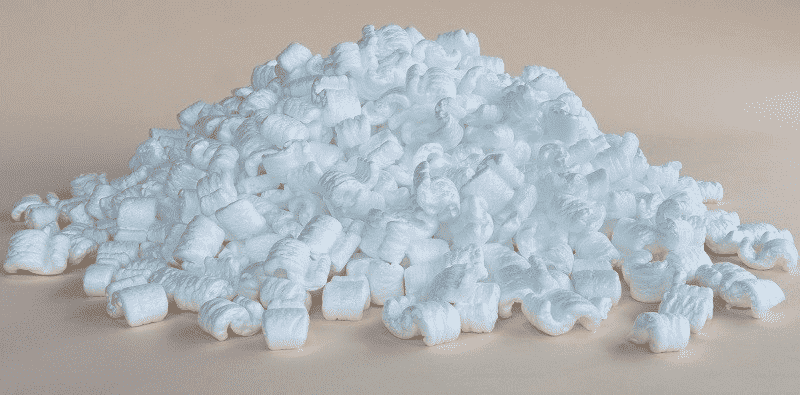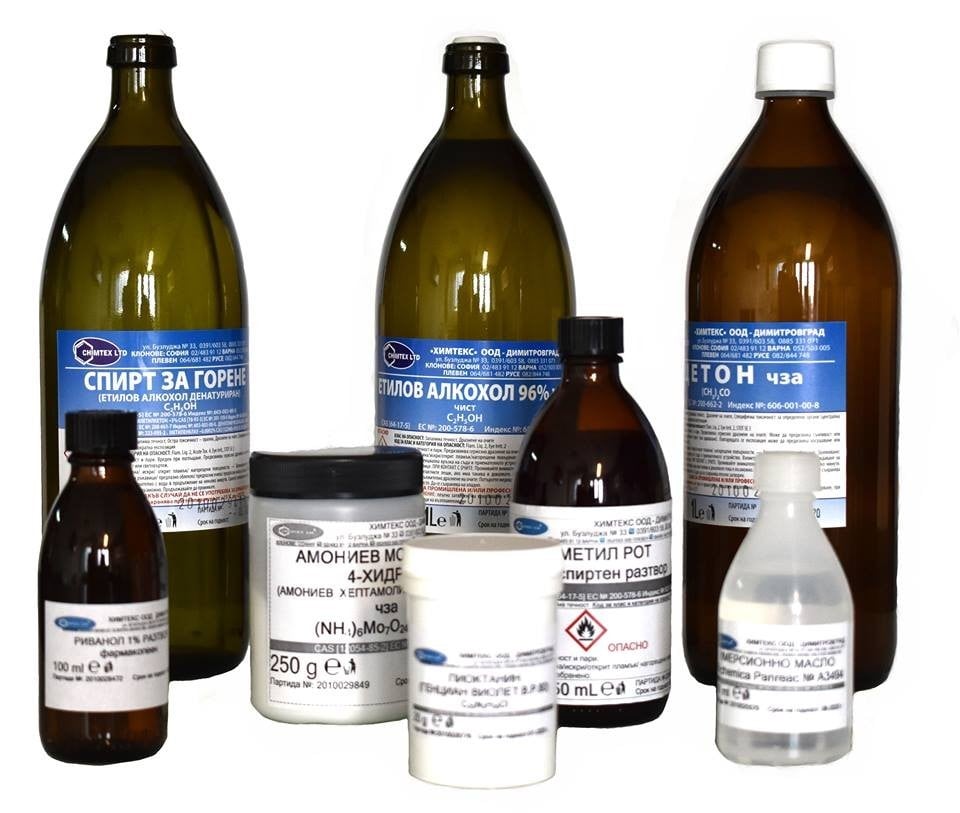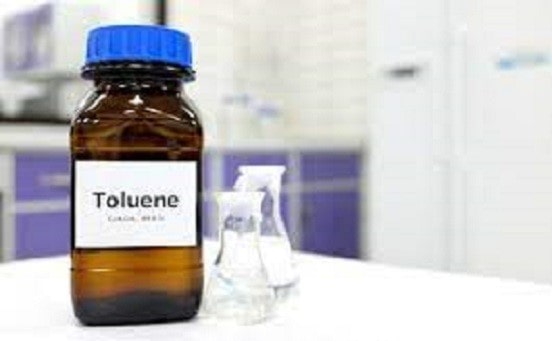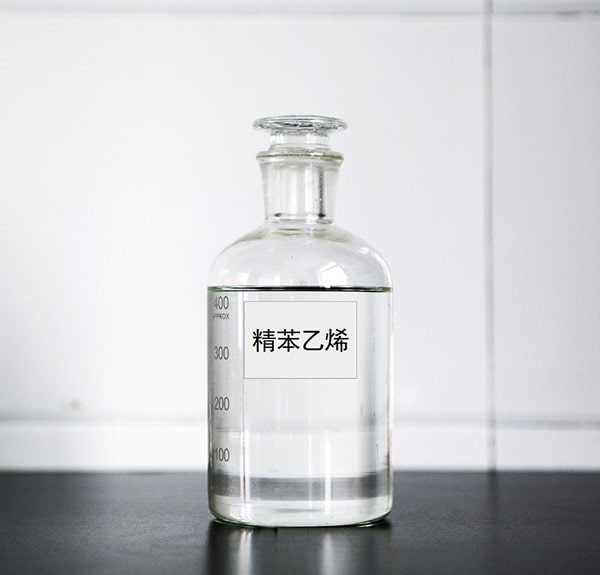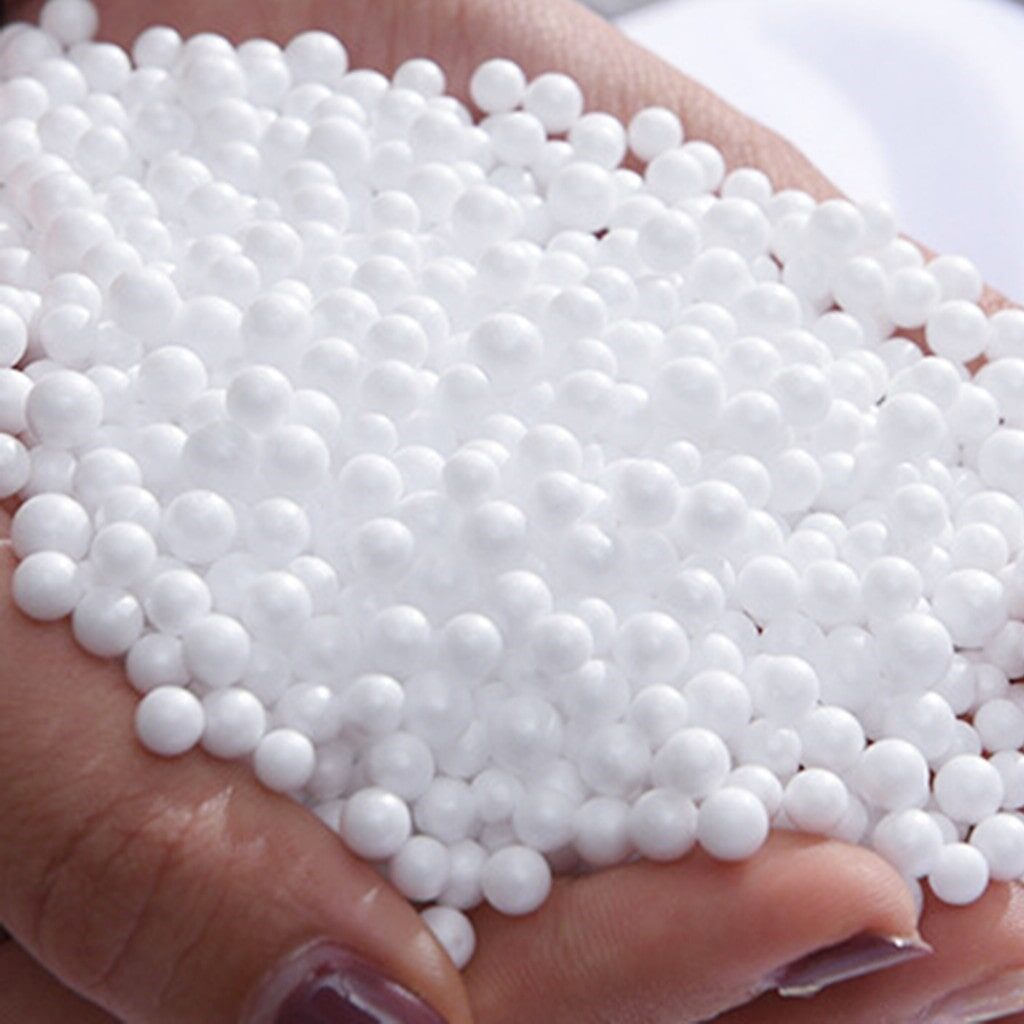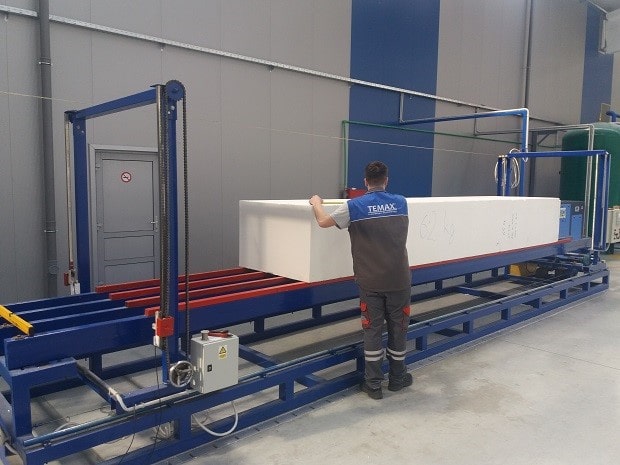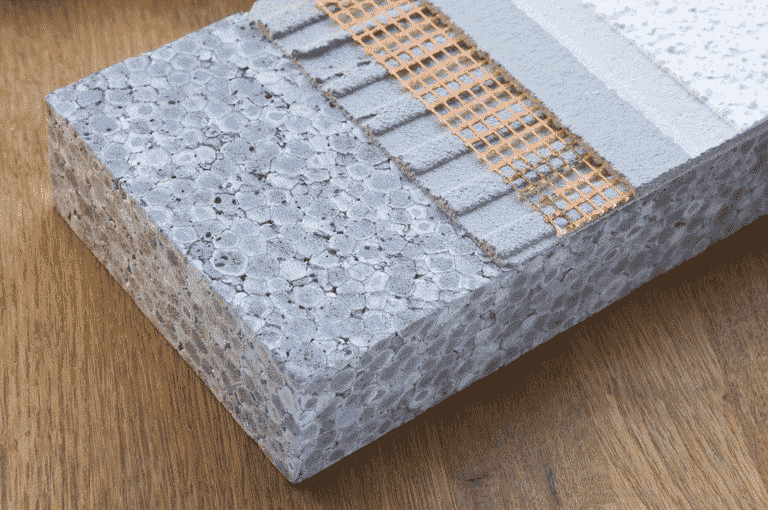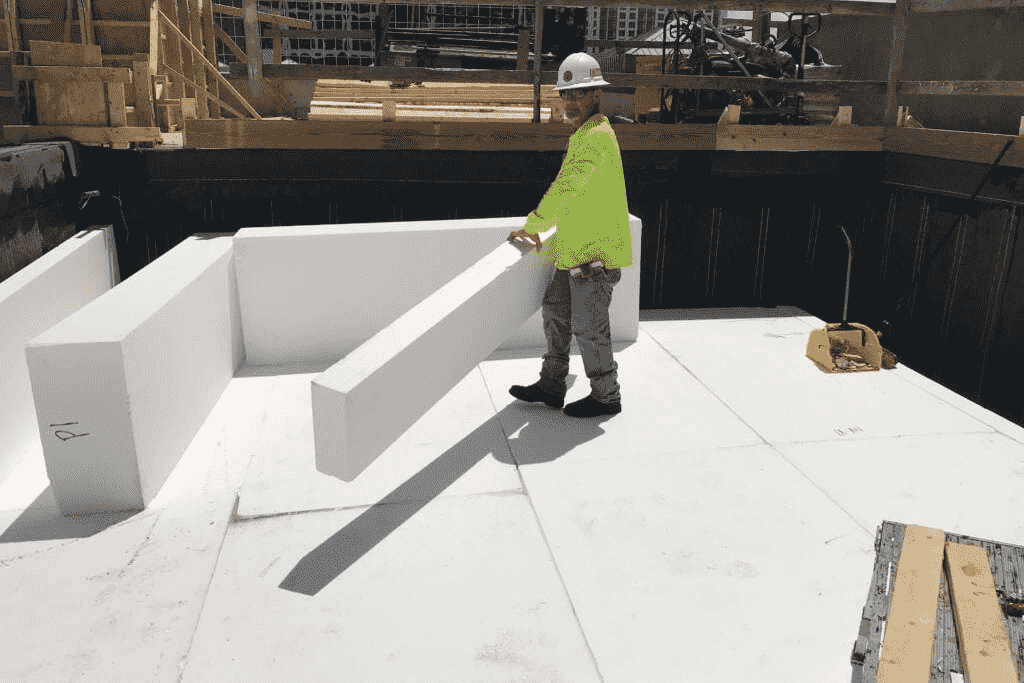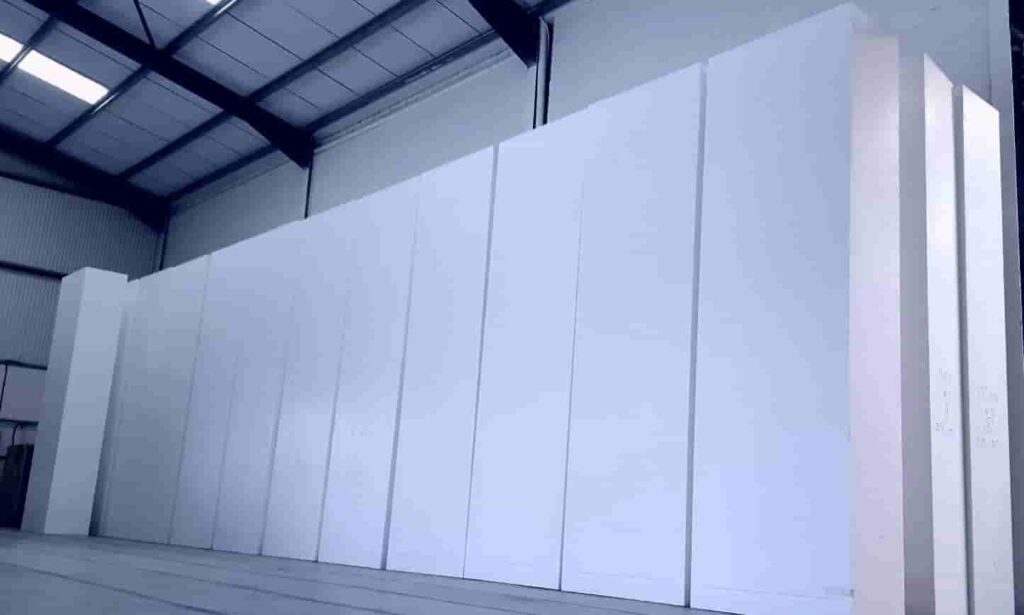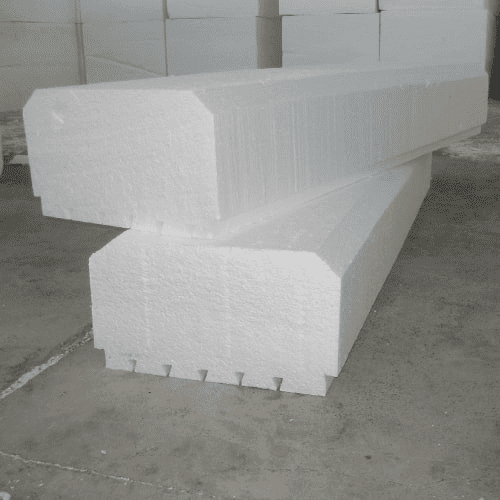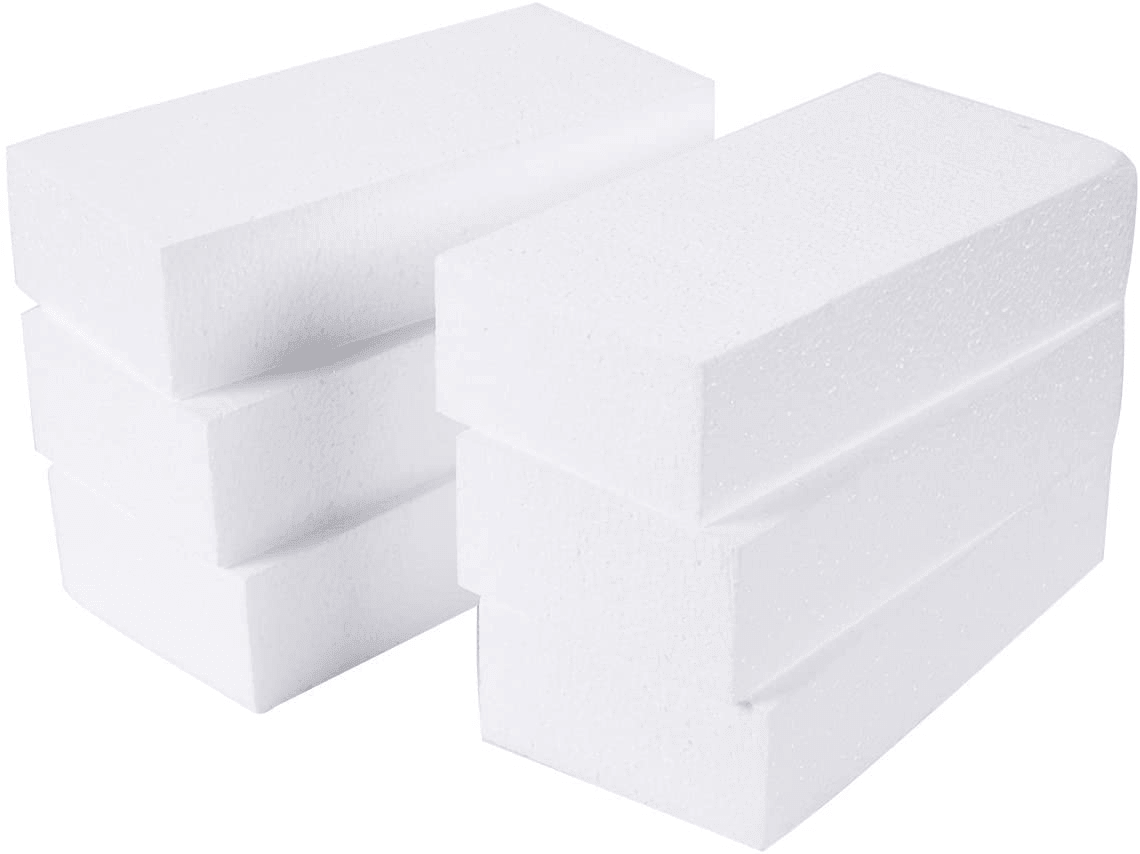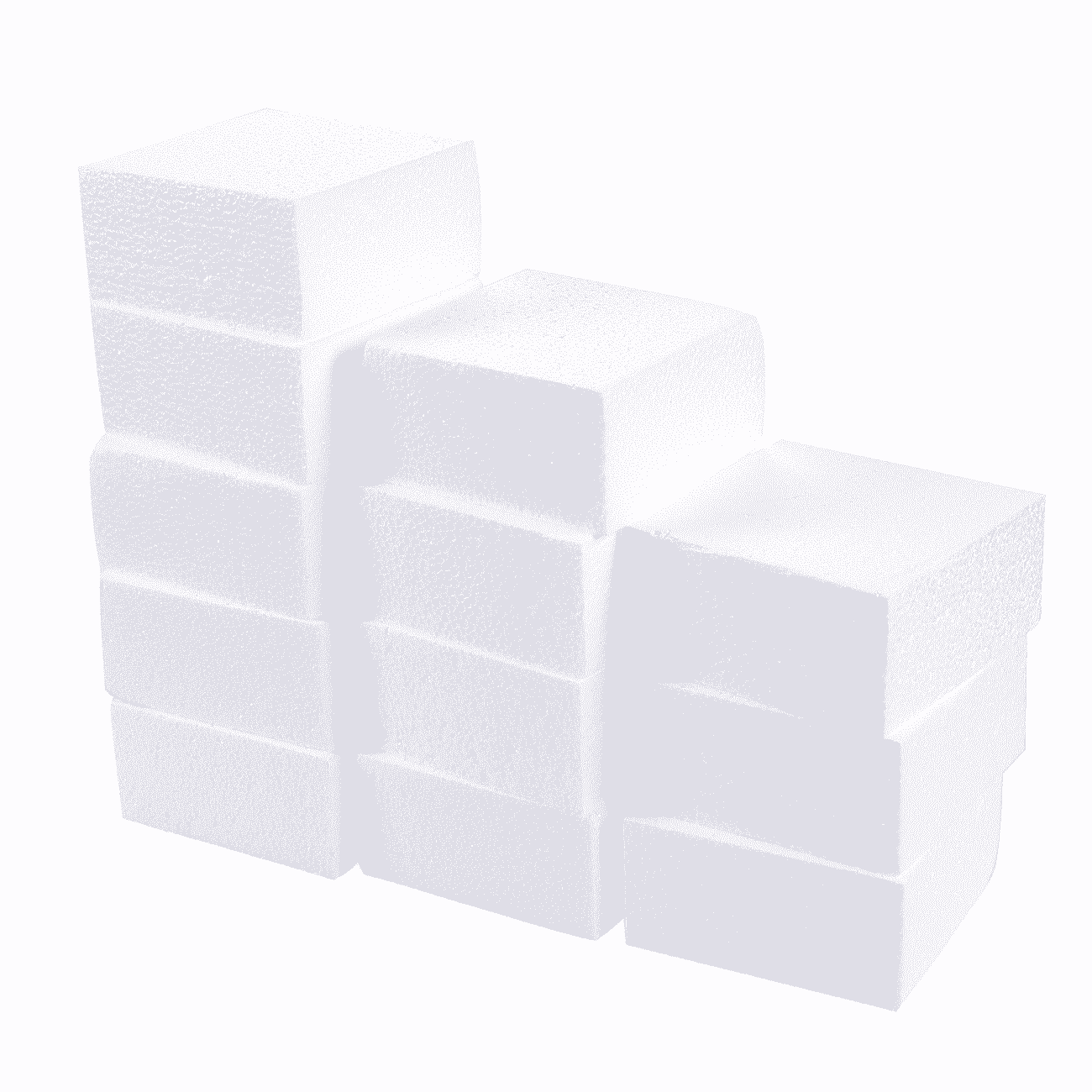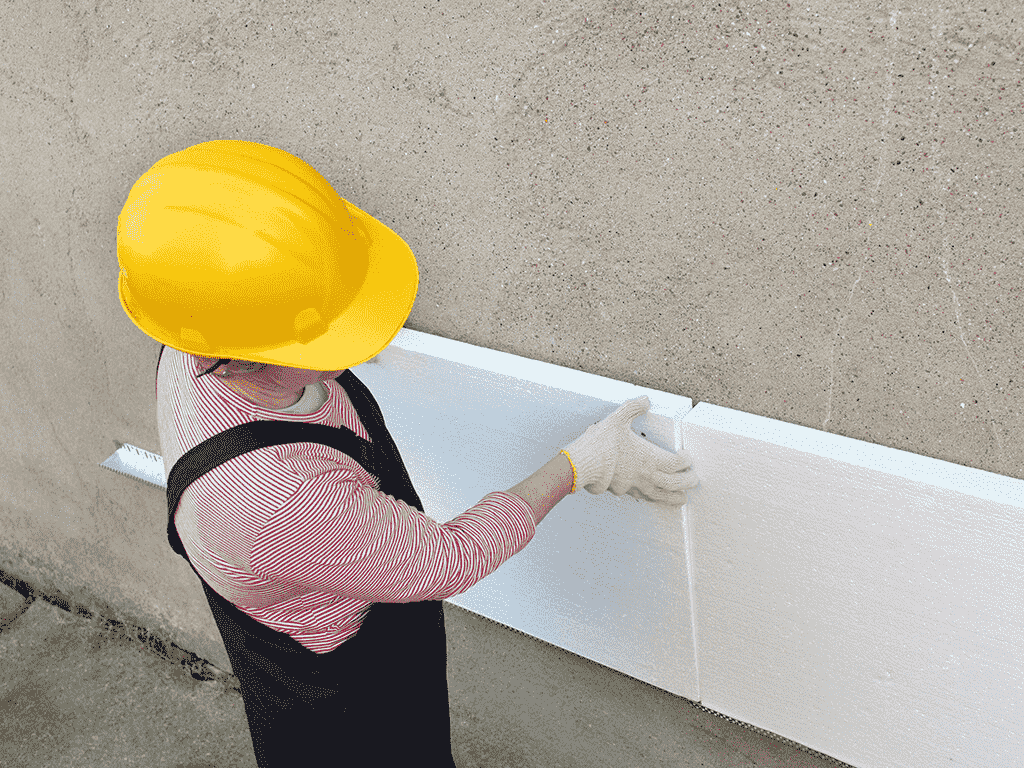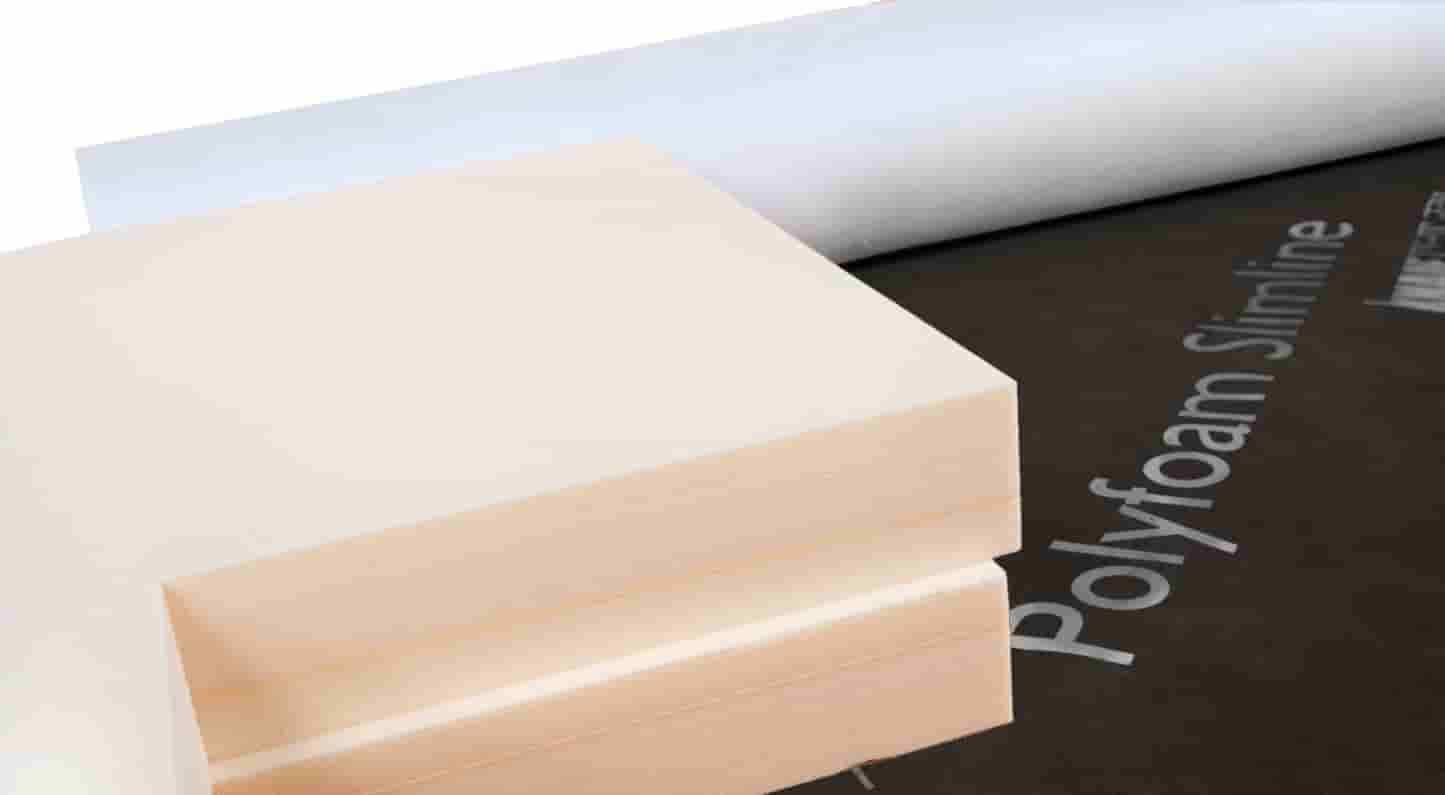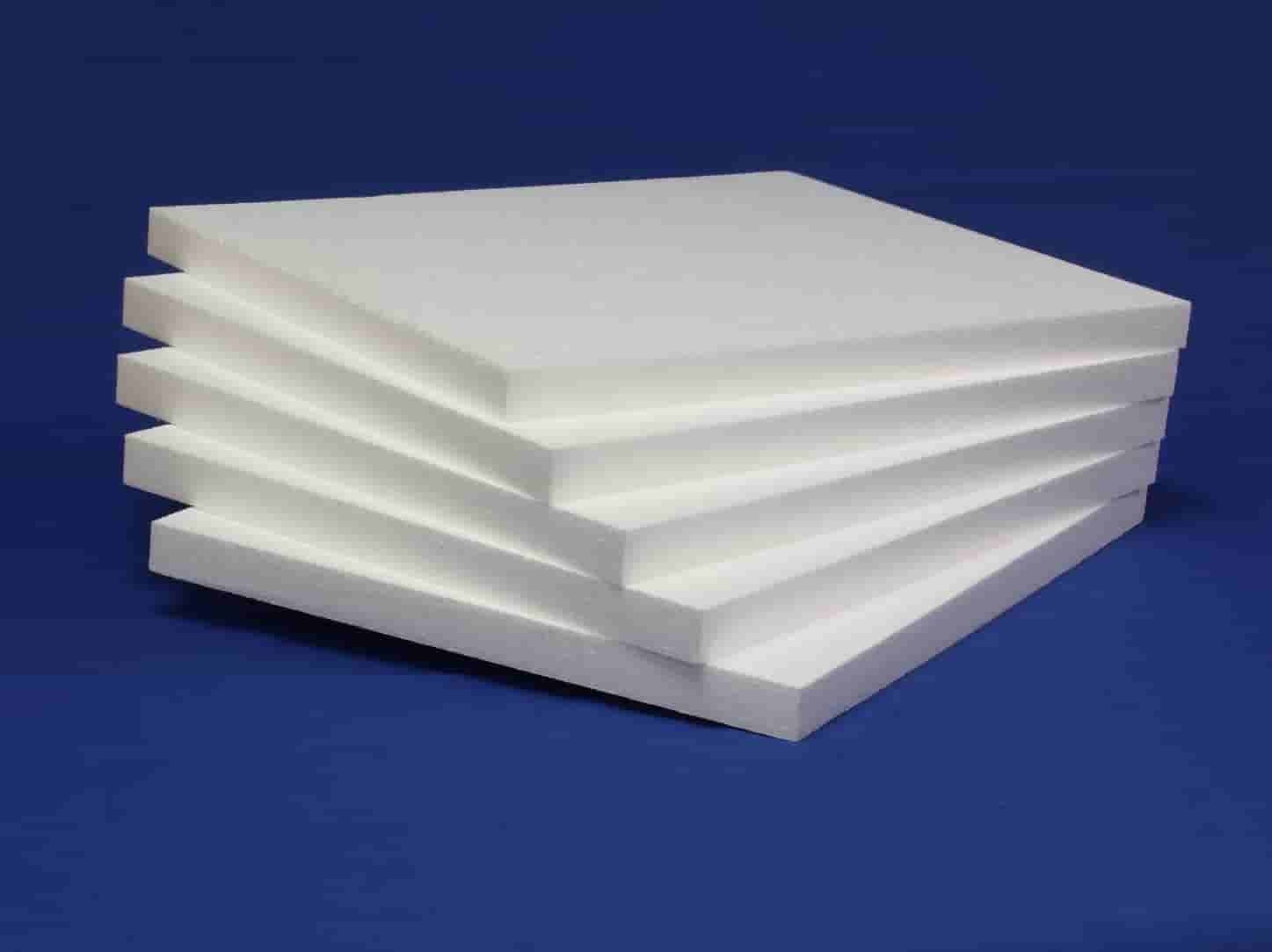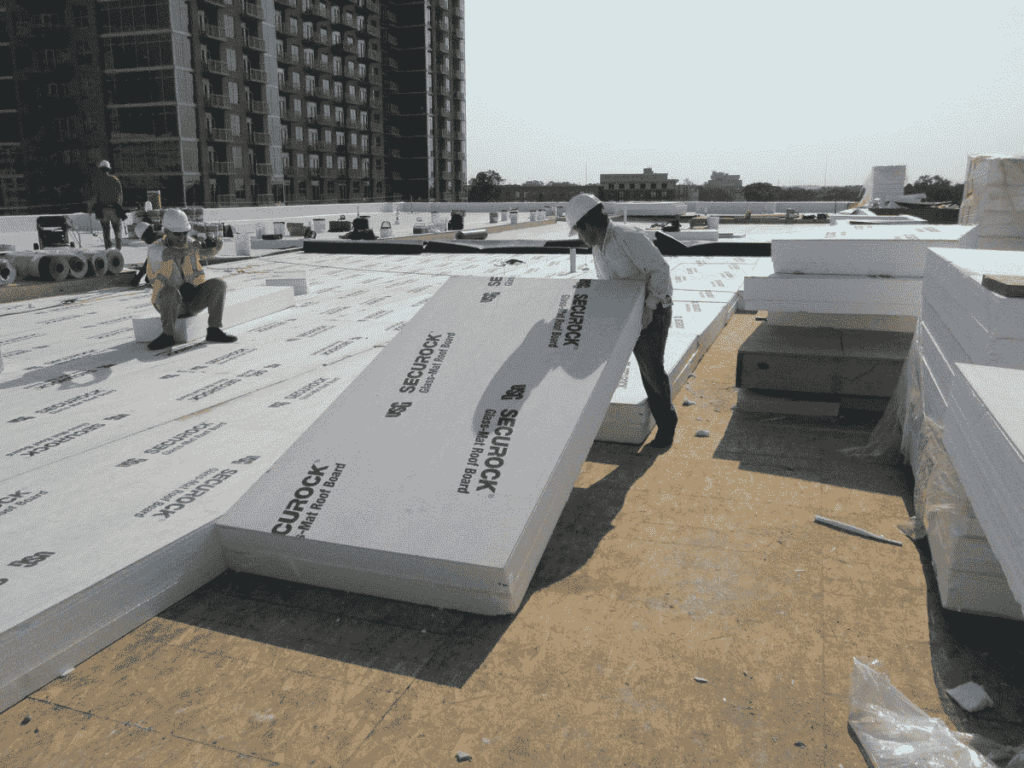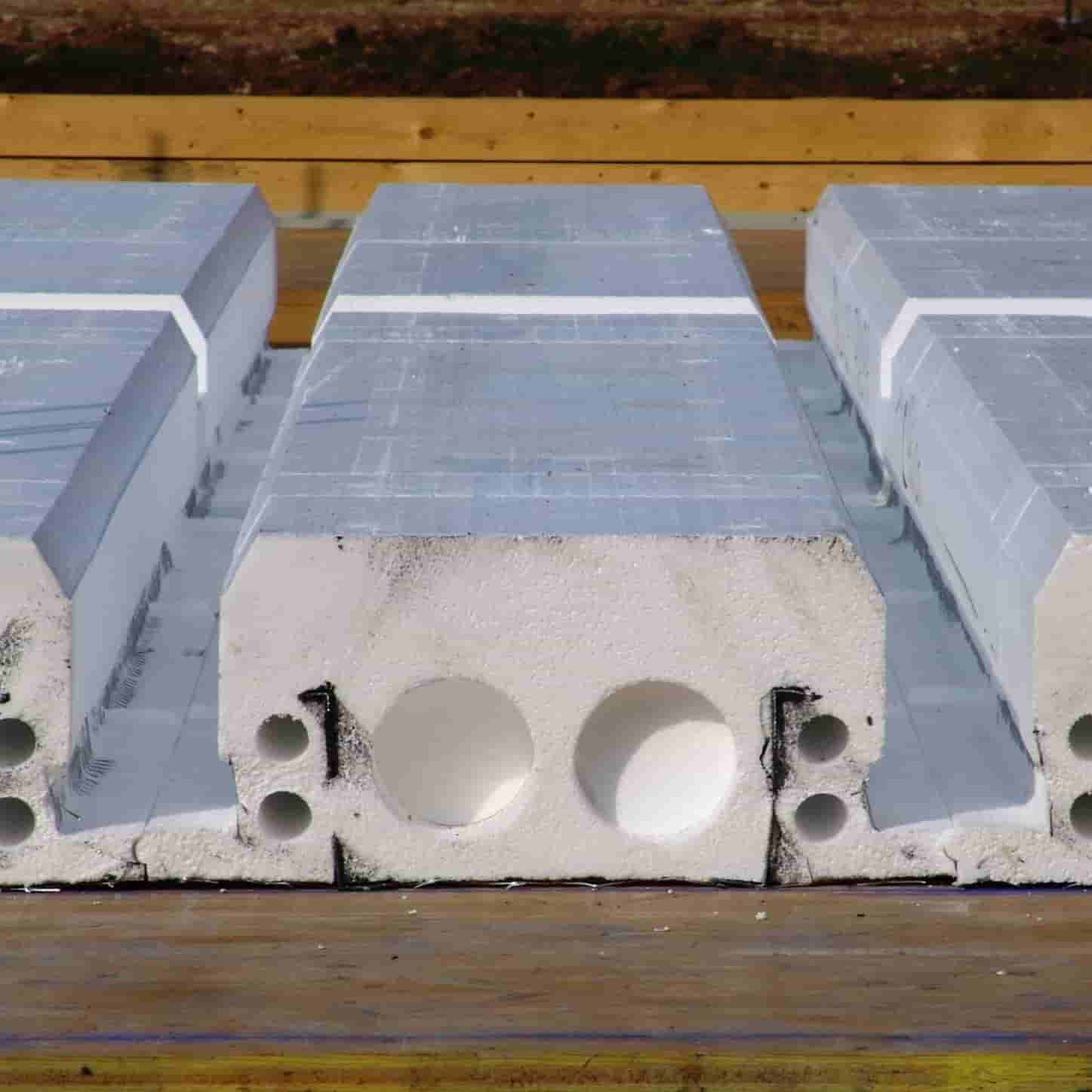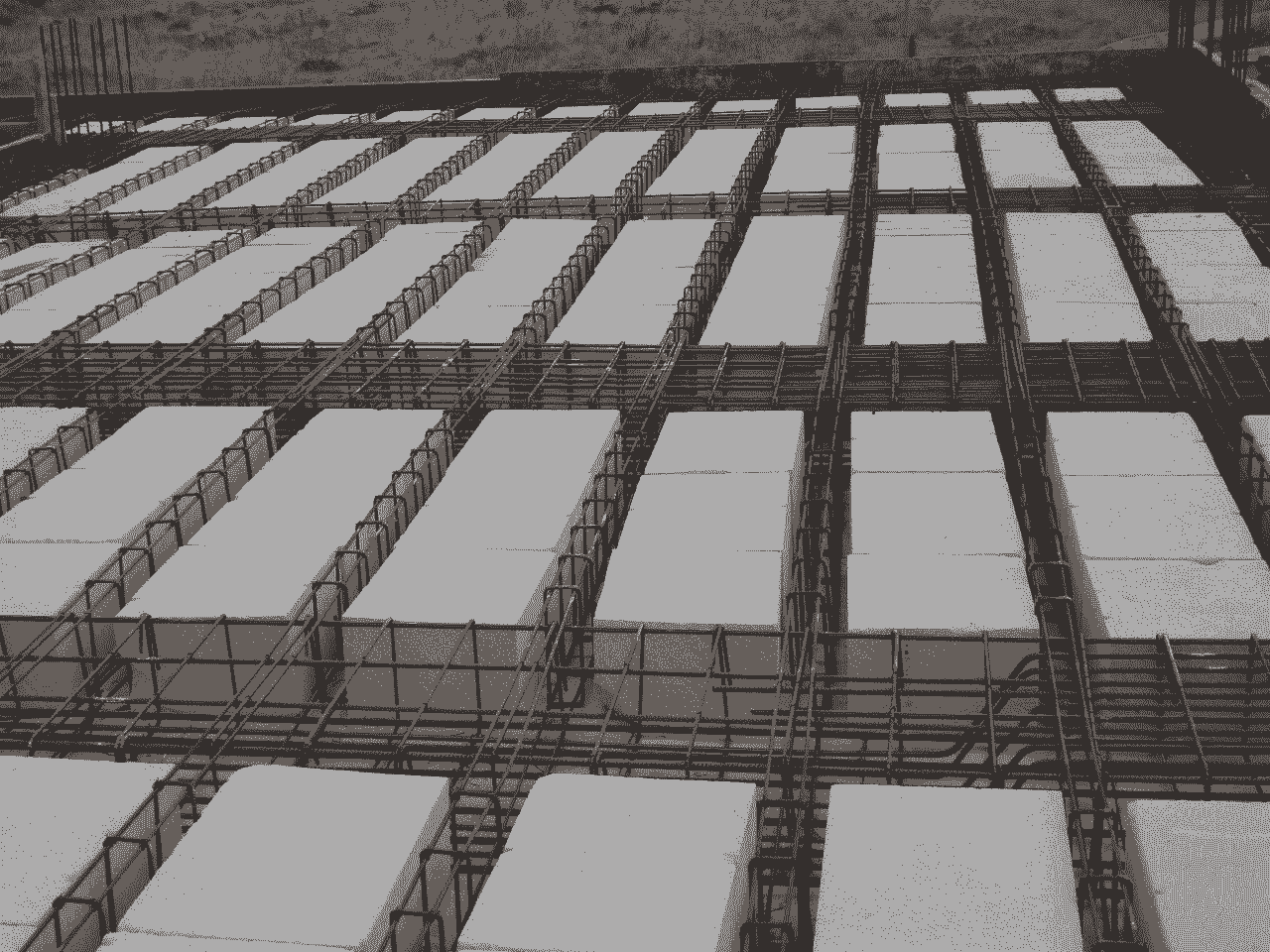What are polystyrene materials made of?
What are polystyrene materials? Polystyrenes are made from a fragrant synthetic polymer sample made from styrene monomer. A styrene monomer is known as a chemical material. Polystyrene is a well-known material that is one of the petroleum derivatives and liquid hydrocarbons.
This material has a flexible structure that is solid at normal ambient temperature. This material melts at higher temperatures and can take the form of molds.
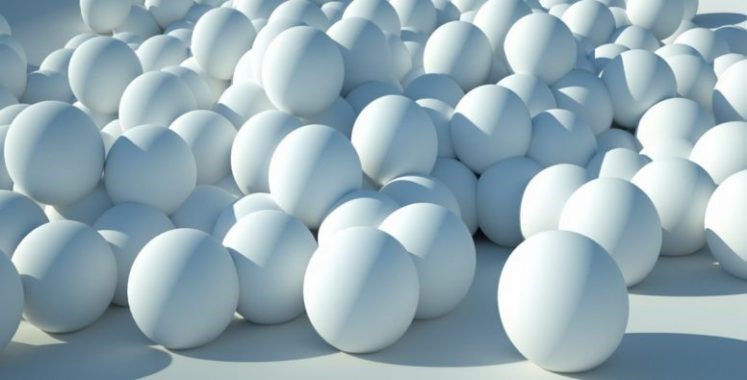
structure of polystyrene materials
Investigation of the structure of polystyrene materials
Chemically, the structure of polystyrene materials is in the form of a long-chain hydrocarbon attached to ring rings of phenyl or benzene in the central part of the carbon variable. The reported chemical formula for this substance is n(c8h8). This material consists of moles of chemical elements such as hydrogen and carbon.
The presence of this wonderful combination has made polystyrene one of the most popular options for the middle foam of sandwich panels. The characterizing properties of polystyrene materials are created by short-term adsorption on the van der Waals bond between the polymer chains. The molecules that makeup hydrocarbons have a long chain arrangement; So, they are made up of thousands of atoms.
The presence of tensile force between large molecules, when exposed to heat, causes the chains to become more compatible and to slide side by side. Intermolecular looseness between polystyrene materials against high intermolecular strength due to hydrocarbon stability makes this material highly elastic and flexible.
Extreme temperatures cause polystyrene and all polymers that are generally heat-curable to soften into various forms.
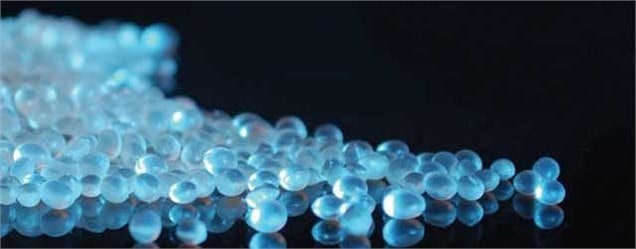
Expanded Polystyrene
What is Expanded Polystyrene or Ionolite?
Ionolite is a type of polystyrene that was introduced to the world in 1839 by Edward Simon. Ionolite production as a type of polystyrene has different stages and styles and depends on its density and type. The first material and production base of ionolite is polystyrene monomer.
When making ionolite, polystyrene material is poured into the frames. These materials, when expanded, become ionolite. It is interesting to note that some vegetables and fruits, as well as plants, have a low level of polystyrene. Regarding the structure of this material, it is composed of benzene and ethylene, which are made with the help of the polymerization process.
During the process of making ionolite in a completely natural way, a type of low-boiling hydrocarbon is added, which normally contains pentane. The presence of these materials in the structure of ionolite helps to expand this material in the next processing.
What is extruded polystyrene material?
It is similar to General Purpose polystyrene with a monomer base, of which 95 to 98% is air. In general, the production base of these materials revolves around crude oil. Resin grains are used in the production of this type of polystyrene. This material melts when exposed to hot temperatures.
This material has more resistance than General Purpose polystyrenes with the addition of durable rubber. This material becomes very flexible in the presence of heat and cools and hardens again as soon as it cools.
What is High Impact polystyrene material?
High Impact polystyrene is the result of a kind of polymer connection and bonding, which is composed of a combination of two materials, polystyrene and polybutadiene, which has a very strong and stable structure. This material is a kind of impact-resistant plastic, which makes this type of polystyrene highly elastic.
The materials contained in High Impact polystyrene make this material extremely powerful. These materials also reduce the fragility of polystyrene and make it resistant to pressure and heavy shocks. That is why this type of polystyrene is known as shockproof and High Impact and is considered one of the oldest thermoplastics in the world.
This material is produced by monomeric polymerization. Other notable features of this type of widely used polystyrene are its low weight, various colors, and the ability to drill easily. During the production of this type of polystyrene, 10% of butadiene is added to it, which greatly increases its stability and strength.

